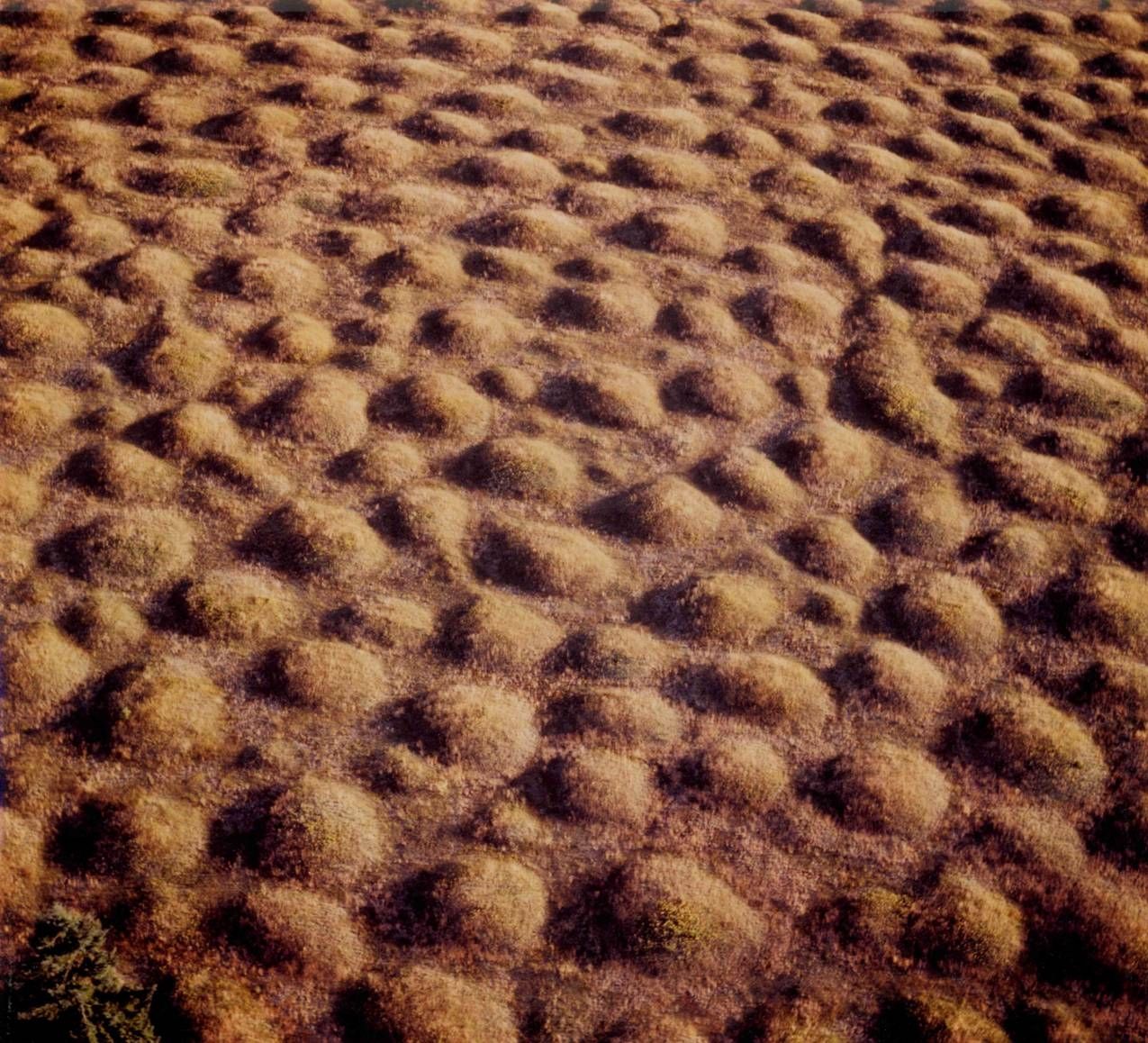Mystery Mounds
- Thread starter pinelandpaddler
- Start date
You are using an out of date browser. It may not display this or other websites correctly.
You should upgrade or use an alternative browser.
You should upgrade or use an alternative browser.
They are called prairie mounds, pimple mounds, or mina mounds. Thet are low naturally occurring hillocks, randomly distributed over level terrain.
You will find more detail on these mounds on the link below.

 archeology.uark.edu
archeology.uark.edu
You will find more detail on these mounds on the link below.

Prairie Mounds?
In this article, we discuss a geological feature that is often mistaken for an archeological feature: the prairie mound.
 archeology.uark.edu
archeology.uark.edu
Interesting. One thing they dont' mention in this Ron, is why they are shaped that way. Why not dunes like we have.They are called prairie mounds, pimple mounds, or mina mounds. Thet are low naturally occurring hillocks, randomly distributed over level terrain.
You will find more detail on these mounds on the link below.

Prairie Mounds?
In this article, we discuss a geological feature that is often mistaken for an archeological feature: the prairie mound.archeology.uark.edu
.
'The origin of the mounds in all cases appears to be erosional and/or depositional. Those on level terrain are formed simply by deposition of “A” soil horizon material in clumps of bushes which, under desert conditions, grow in symmetrically rounded patterns."
These mounds are all over the place west of the Mississippi River, from Arkanasa out to Oregon/Washington state. Depending on location, they were formed by various geological/weather conditions. It was all prairieland out there at one time. Since 1830, tallgrass prairie lost in North America is estimated between 82-99 percent, which is more than any other major esosystem in North America.
Bob, your getting too geologicalific for me. But, I did find this.nteresting. One thing they dont' mention in this Ron, is why they are shaped that way. Why not dunes like we have.
'The origin of the mounds in all cases appears to be erosional and/or depositional. Those on level terrain are formed simply by deposition of “A” soil horizon material in clumps of bushes which, under desert conditions, grow in symmetrically rounded patterns."
These mounds are all over the place west of the Mississippi River, from Arkanasa out to Oregon/Washington state. Depending on location, they were formed by various geological/weather conditions. It was all prairieland out there at one time. Since 1830, tallgrass prairie lost in North America is estimated between 82-99 percent, which is more than any other major esosystem in North America.
They are called prairie mounds, pimple mounds, or mina mounds. Thet are low naturally occurring hillocks, randomly distributed over level terrain.
You will find more detail on these mounds on the link below.

Prairie Mounds?
In this article, we discuss a geological feature that is often mistaken for an archeological feature: the prairie mound.archeology.uark.edu
It is still a matter of debate, but the aeolian hypothesis makes sense (nabkhas). Perhaps @Spung-Man can chime in.
Another interesting and maybe even compelling hypothesis is that they were formed by gophers. Yes, gophers.

Great Pyramids of the Gophers: Mima Mound Mystery Solved
According to a computer model, Mima mounds appear after about 500 to 700 years of burrowing by pocket gophers.
Another interesting and maybe even compelling hypothesis is that they were formed by gophers. Yes, gophers.
That was my first thought.... because I saw it on some Discovery Channel show about similar features!

A number of sensible, thought-provoking hypotheses. I admit I'm a sucker for fluvial explanations.
I wonder if our own @Spung-Man would subscribe to permafrost crack idea, as he has suggested such an explanation for the patterned ground found along Indian Branch: https://boydsmaps.com/#17.00/39.553580/-74.822643/midatlidar/0.00/0.00

